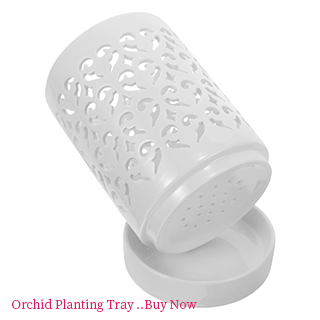-
Den. farmeri Paxton
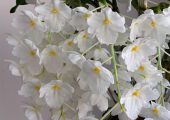
Zolpidem Buy Online The stem is short and thick, usually square shaped, 8-30 centimeters long, with segments up to 2-4 centimeters thick. The lower part often narrows into a coarse round square shape, without branching, and sometimes the edges are very obvious. It is black and light brown in color; The leaves are 3-5cm long, with a sharp and pointed tip, and the base does not extend downwards to form a sheath that embraces the stem. There are several types of flower colors during the flowering period from April to June, including red, yellow, white, etc Den. farmeri Paxton prefers cool perennial herbaceous plants and prefers to grow in warm, humid environments with an annual rainfall of over 1000 millimeters and half cloudy…
https://vcarecancercenter.com/how-timely-cancer-screening-saves-lives/ -
Dendrobium findlayanum Par. Et Rchb. F.
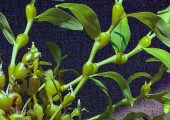
Buy Zolpidem Dendrobium findlayanum Par. Et Rchb. F. is a perennial herbaceous plant that prefers shade and prefers to grow in warm, humid environments with an annual rainfall of over 1000 millimeters and semi shaded and semi sunny conditions. It is best grown in subtropical deep mountain forests with an average temperature of over 8 ℃ in January. The suitable growth temperature is 15 to 28 degrees Celsius, and the suitable air humidity is above 60%. It does not have strict requirements for soil and fertilizer. In the wild, it mostly grows on loose and thick bark or trunk, and some also grow in crevices. Belonging to the aerial root system, it mainly requires good permeability of the roots, and the substrate…
go to link -
Dendrobium wardianum Warner
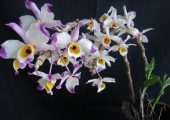
https://blogeuamo.com/resenha-after/ Dendrobium wardianum Warner,The stem is slanted or drooping, fleshy and thick, cylindrical, usually 16-46 cm long and 7-15 mm thick, unbranched, with multiple nodes; The internodes are swollen and rod-shaped, measuring 2-4 centimeters in length. After drying, they appear pale yellow with black stains. The leaves are thin and leathery, arranged in two rows, narrow and round, measuring 5.5-15 cm in length and 1.7-2 cm in width, with a sharp apex and a sheath at the base; The leaf sheath tightly embraces the stem, and after drying, the sheath opening often opens. The raceme inflorescence originates from the middle and upper part of the old stem with fallen leaves, and has 1-3 flowers; The inflorescence stem is thick and short,…
source site -
Dendrobium hercoglossum Rchb. F.
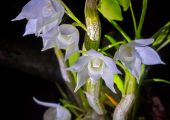
Buy Ultram Online Dendrobium hercoglossum Rchb. F. is an epiphytic herbaceous plant of the Dendrobium genus in the Orchidaceae family. The stem droops, cylindrical or sometimes gradually thickens from above the base, usually 8-40 centimeters long and 2-5 millimeters thick, with few to many nodes, internodes 1.5-2 centimeters long, and pale yellow after drying. The leaves are thin and leathery, with a narrow circular or elongated lanceolate shape, measuring 4-10 cm in length and 4-8 mm in width. The tips are blunt and have two unequal circular slits, and the base has a sheath tightly attached to the stem. The inflorescence usually consists of several flowers, originating from an old stem with fallen leaves and often bearing 2-3 flowers; The inflorescence axis is…
Price Of Ambien -
Dendrobium ‘Fire Bird’
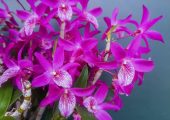
Price Of Ambien Dendrobium ‘Fire Bird’, a genus of Dendrobium in the Orchidaceae family. Belonging to Dendrobium nobile. Dendrobium nobile usually blooms between March and May, and the flowering period is generally around half a month to a month. Horticultural variety Dendrobium, Den. Stardust ‘Fire Bird’ Orange Firebird. The orange flowers are the authentic color of the firebird. The offspring of the unicorn Dendrobium are crossbred and suitable for planting on a board. They like sunlight and grow into clusters of plants with a large number of flowers, which are very spectacular
Order Ambien Without A Prescription -
Dendrobium exile Schltr.
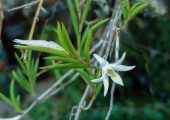
follow url The stem of Dendrobium exile Schltr. is upright, thin cylindrical, somewhat woody, up to 50 centimeters long, about 3 millimeters thick, often branched in the upper part, and 2-3 internodes above the base are swollen and spindle shaped; The swollen stem is fleshy, measuring 4.5 centimeters in length and about 8 millimeters in thickness, with 4 edges. It is covered with a light white membranous sheath when young and reddish brown and glossy when old. Leaves usually alternate in the upper part of branches, upright, flattened cylindrical, measuring 2.5-6 cm in length and 1.5-2.5 mm in width, with sharp tips and leathery sheaths at the base. Inflorescence reduced to a single flower, lateral to the top of branches, white, spreading;…
Tramadol 50 Mg Price
